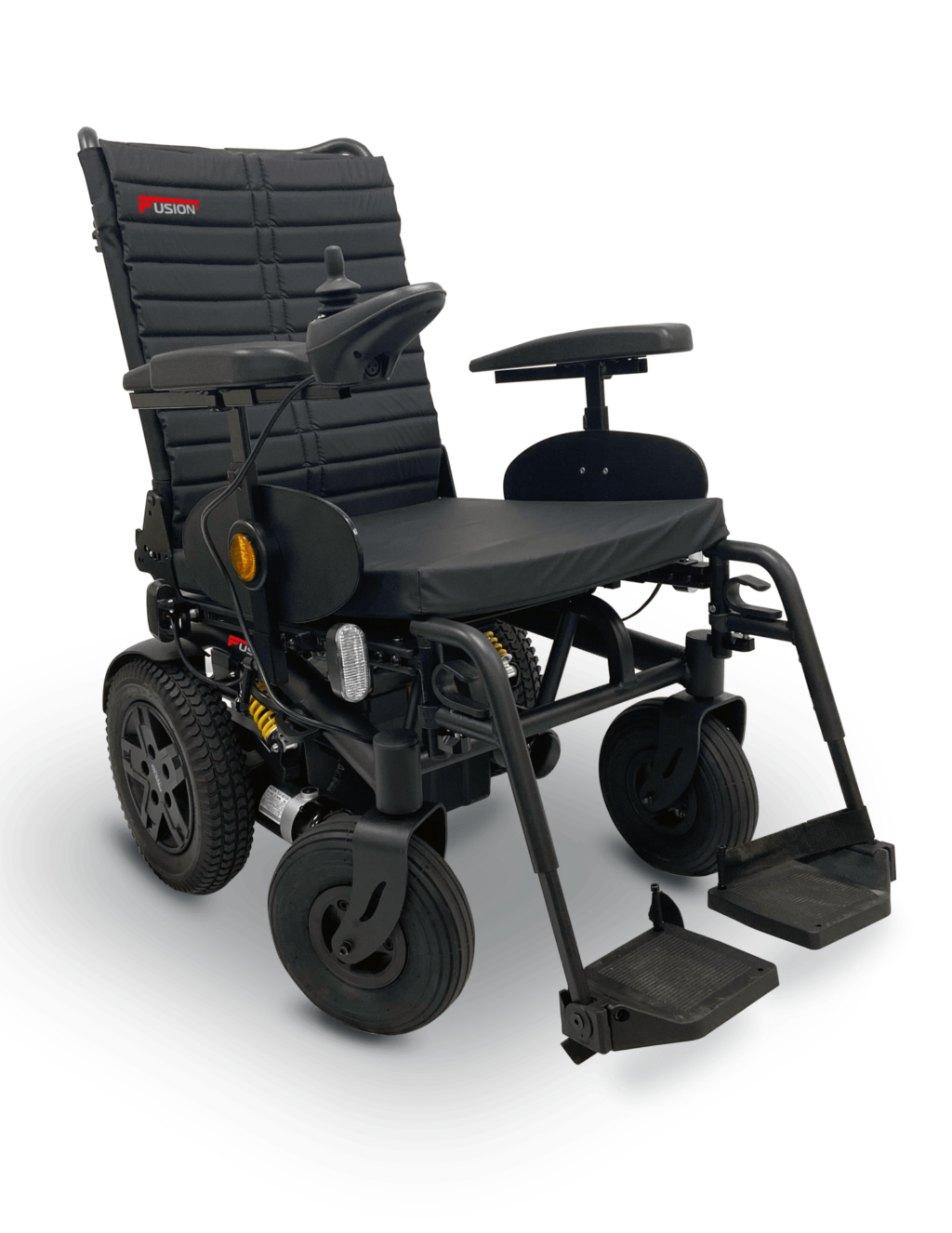Navigating the financial aspects of acquiring mobility equipment can be daunting, especially for individuals facing mobility challenges. Fortunately, several financial assistance programs are available to help alleviate the financial burden associated with acquiring mobility aids. Here, we explore some of the options available to individuals seeking financial support for mobility equipment.
Medicare and Medicaid Coverage
Medicare and Medicaid are federal healthcare programs that may provide coverage for certain types of mobility equipment, such as wheelchairs, walkers, and scooters. Eligibility criteria and coverage vary depending on factors such as medical necessity and specific program guidelines.
Veterans Administration (VA) Benefits
Veterans and active-duty service members may be eligible for benefits through the Veterans Administration (VA) to assist with the purchase of mobility equipment. The VA offers a range of services and benefits, including coverage for prosthetics and durable medical equipment. Discover how Fusion E mobility equipment can be an option worth exploring in financial assistance programs for mobility equipment.
Private Insurance Policies
Many private health insurance plans offer coverage for durable medical equipment, including mobility aids, as part of their benefits packages. Coverage may vary depending on the individual’s policy, so it’s essential to check with the insurance provider to understand the extent of coverage.
State-Based Assistance Programs
Some states offer financial assistance programs specifically designed to help individuals with disabilities access necessary mobility equipment. These programs may provide grants, loans, or other forms of financial aid to eligible individuals.
Nonprofit Organizations and Charities
There are numerous nonprofit organizations and charities dedicated to supporting individuals with mobility challenges. These organizations may offer grants, scholarships, or other forms of financial assistance to help cover the cost of mobility equipment.
Government Assistance Programs
Government programs are one of the primary sources of financial aid for mobility equipment. In many countries, health care systems and social security programs offer coverage or partial funding for mobility aids. In the United States, Medicare and Medicaid play a significant role. Medicare Part B may cover medically necessary mobility devices like power wheelchairs or scooters, provided a healthcare provider prescribes them. Medicaid also offers funding for mobility equipment, but the level of support varies by state.
Other programs such as the U.S. Department of Veterans Affairs (VA) offer assistance to veterans who require mobility devices due to service-related injuries or conditions. Additionally, vocational rehabilitation services may help individuals with disabilities obtain mobility aids necessary for employment or education.
Non-Profit Organizations and Charities
Many non-profit organizations and charities are dedicated to supporting individuals with disabilities by providing financial assistance for mobility equipment. Organizations like the Muscular Dystrophy Association, the Multiple Sclerosis Society, and the United Spinal Association have various programs to assist those in need of mobility aids. These organizations may offer grants, provide direct funding, or connect individuals with additional resources to help cover the cost of equipment.
Crowdfunding platforms have also become popular ways to raise money for mobility equipment. Individuals can create online campaigns to seek support from their communities, friends, and even strangers.
Private Insurance and Manufacturer Discounts
Private insurance plans may also cover the cost of mobility equipment, but it’s essential to thoroughly understand the terms and limitations of coverage. While some insurance policies will cover a significant portion of the cost, others may require substantial co-payments or only cover certain devices deemed medically necessary.
By exploring the range of financial assistance programs available, individuals with mobility challenges can gain better access to essential mobility aids, enhancing their ability to live independently and maintain a higher quality of life.
Conclusion
Access to mobility equipment is essential for individuals with mobility challenges to maintain independence and quality of life. By exploring the various financial assistance programs available, individuals can find the support they need to acquire the necessary mobility aids without facing significant financial strain. It’s essential to research eligibility criteria and application processes for each program to determine the best options for individual circumstances.
FAQs
- What types of mobility equipment are typically covered by financial assistance programs?
Financial assistance programs often cover a range of mobility aids, including wheelchairs, walkers, scooters, prosthetics, and orthotics.
- Who is eligible to receive financial assistance for mobility equipment?
Eligibility criteria vary depending on the specific program and may be based on factors such as income, disability status, military service, or age.
- How do I apply for financial assistance for mobility equipment?
The application process varies depending on the program. Some may require documentation of disability or medical need, while others may have specific application forms to complete.
- Are there any limitations or restrictions on the types of equipment covered by these programs?
Some programs may have limitations on the types of equipment covered, the brands or models eligible for reimbursement, or the amount of financial assistance provided.
- How long does it typically take to receive approval for financial assistance for mobility equipment?
The processing time for applications varies depending on the program and the volume of applications received. It’s essential to inquire about estimated processing times when applying.


